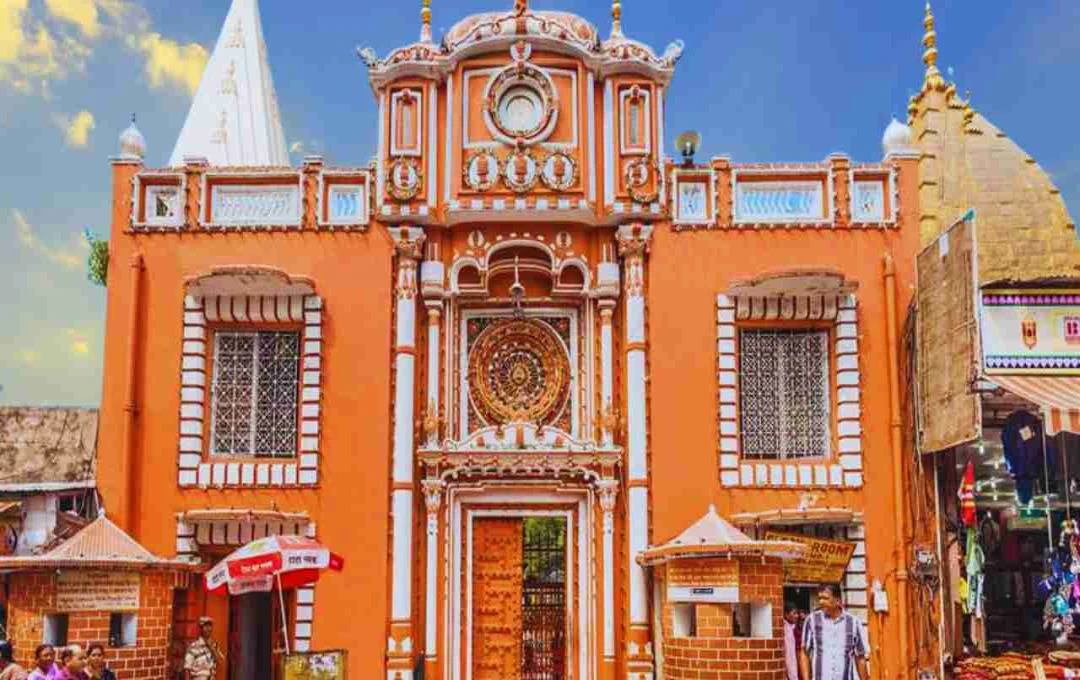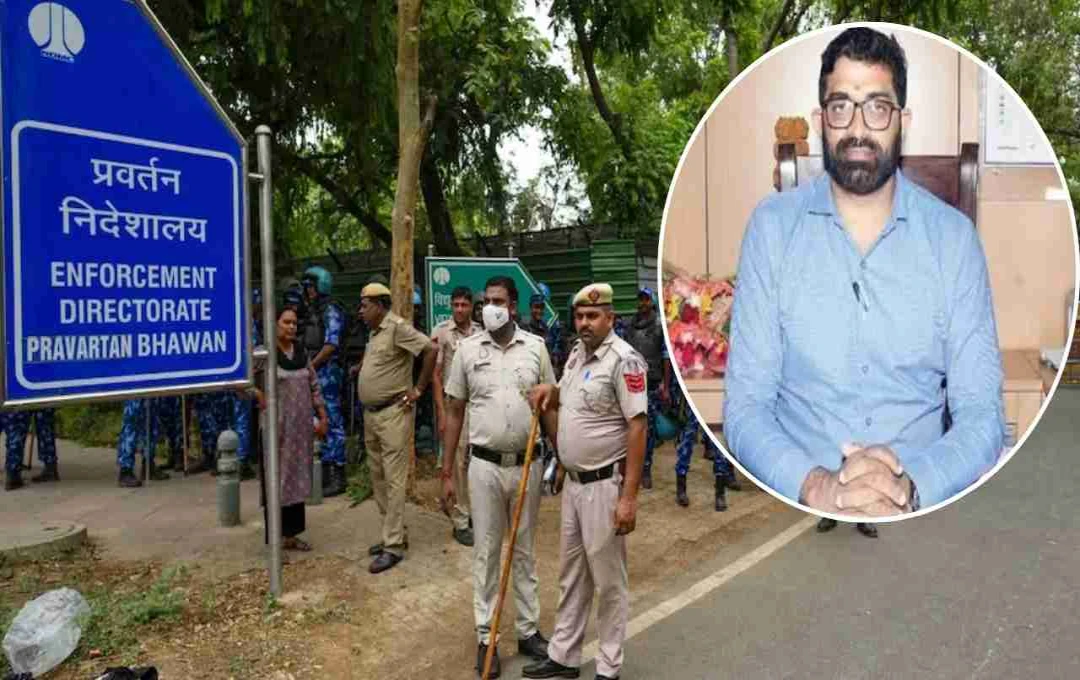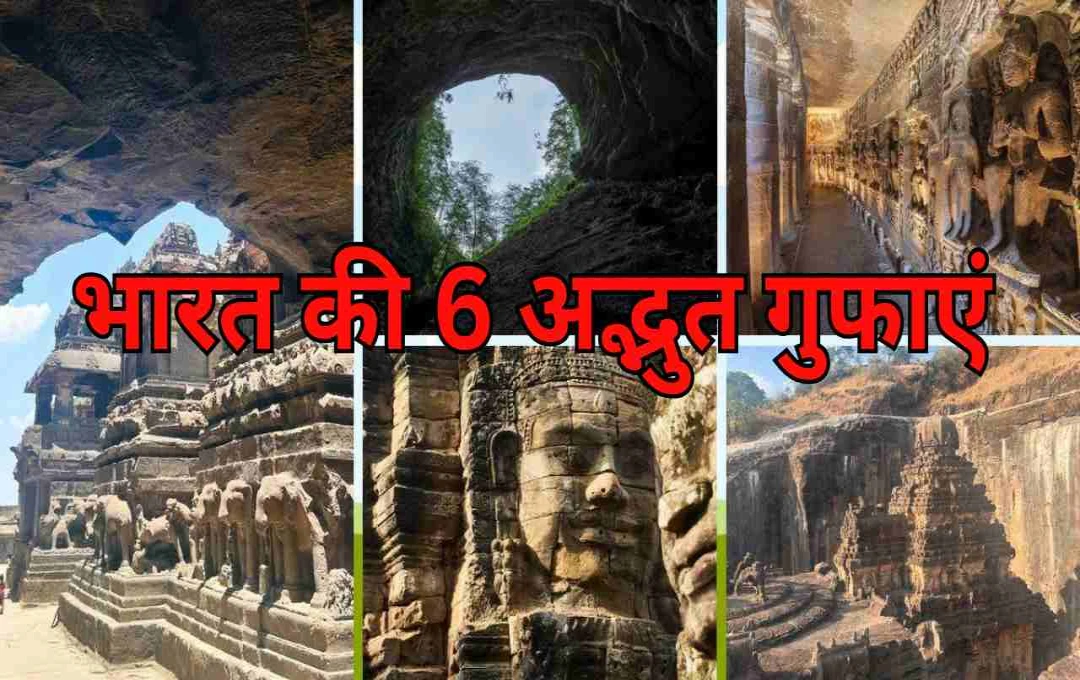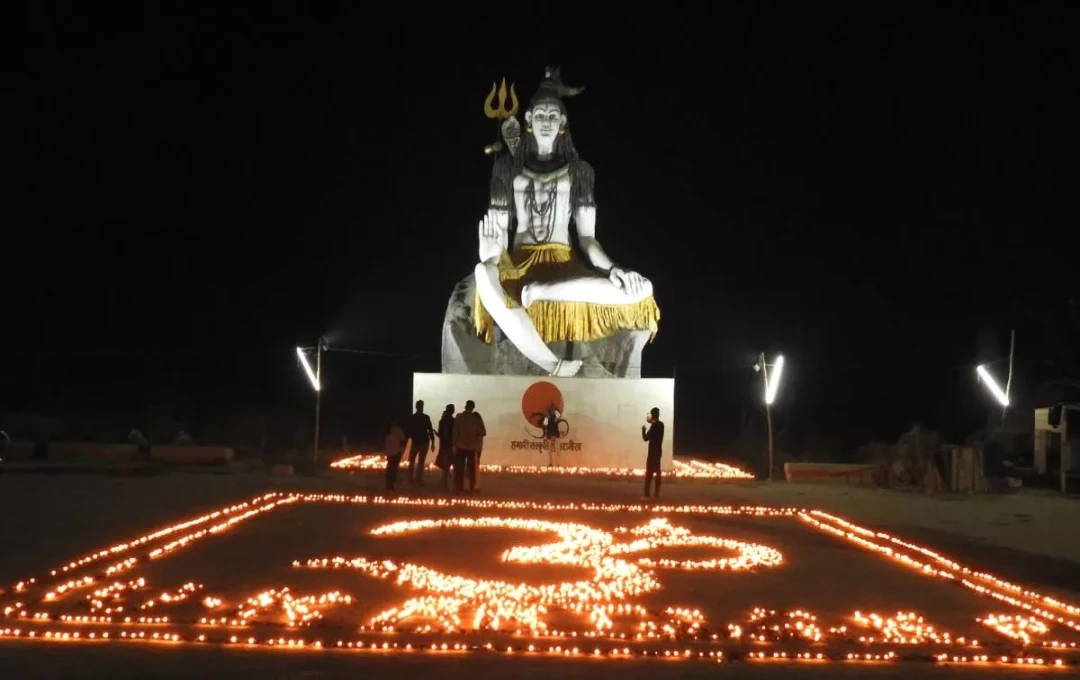The Raghunath Temple in Jammu is a site of immense religious, historical, and cultural significance. Built in the 19th century, this temple is dedicated to Lord Rama and serves as a center for architecture, manuscript preservation, and cultural events.
Raghunath Temple: India boasts an invaluable collection of religious and cultural heritage, among which the Raghunath Temple in Jammu holds a place of great importance. This temple is not merely a place of worship but has also been a hub of history, art, education, and culture. The name Raghunath Temple is associated with 'Raghunath,' a form of Lord Rama. Situated in the old part of Jammu city, north of the Tawi River, this temple was constructed during the era of the Dogra rulers.
History and Establishment
The construction of the Raghunath Temple was initiated in the 19th century by Maharaja Gulab Singh. According to various historical documents and inscriptions, the temple began construction between 1827 and 1835 and was completed by his son, Maharaja Ranbir Singh, in 1860. The temple was built in honor of their guru, Baba Prem Das, and Mahant Jagannath. Temple construction activities were fervent in Jammu during the reign of the Dogra kings, and the Raghunath Temple stands as a prime example of this.
Architecture and Structure
The Raghunath Temple is a complex of seven distinct shrines. The most prominent among these is dedicated to Lord Rama. The spire of each temple is gilded with gold, presenting an attractive sight from afar. The main temple structure is situated on a high platform and measures approximately 40 feet in length. Surrounding the main temple is a 10-foot-wide circumambulatory path (Pradakshina Path), which facilitates devotees in performing their rounds around the deity.
Intricate and beautiful paintings adorn the temple walls across 15 panels. These murals are based on the narratives of the Ramayana, Mahabharata, and Bhagavad Gita. They also feature images of other deities, including Lord Ganesha, Krishna, and Sheshashayi Vishnu. Additionally, some paintings depict not just religious themes but also social and historical life, such as glimpses of Kabir or soldiers from the Dogra and Sikh communities.
Interior Decoration and Idols
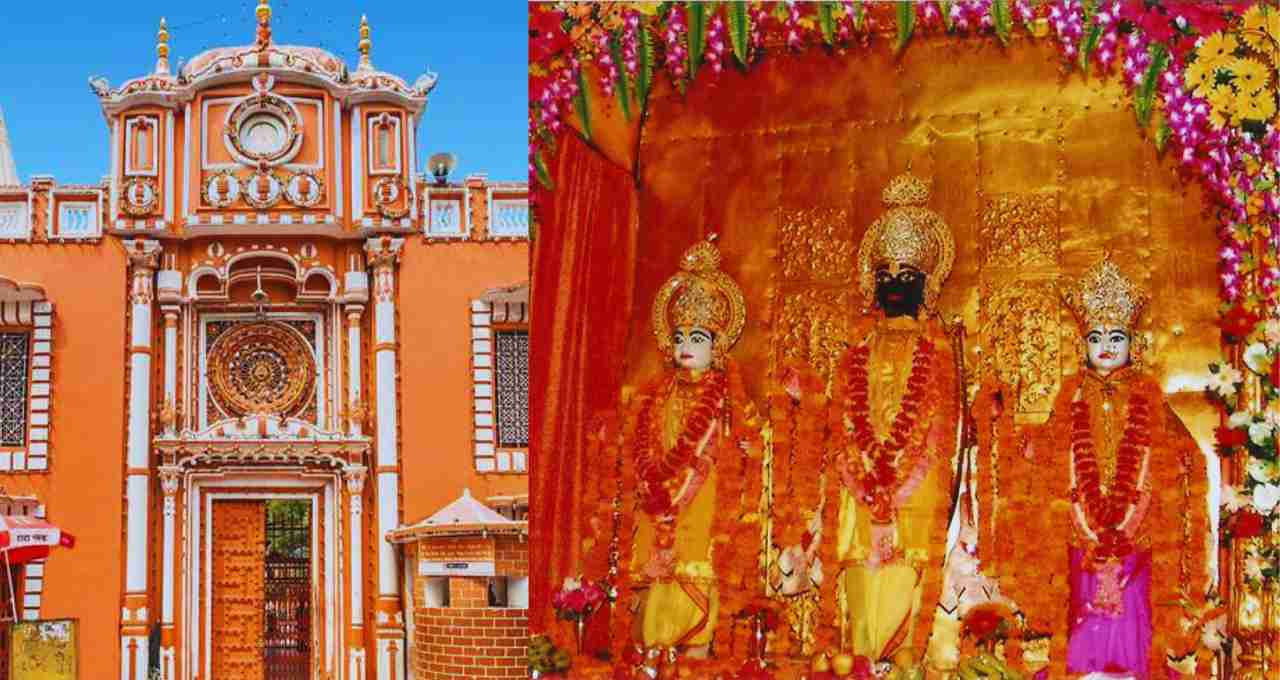
The idol of Lord Rama is enshrined in the sanctum sanctorum of the main temple. The interior of the temple is gilded with gold, and the lower portions of the walls are adorned with approximately 300 exquisitely crafted idols. These include statues of deities such as Surya and Shiva. The temple complex clearly exhibits elements of classical Hindu architecture with a touch of Sikh style.
Within the temple complex, there are circular and octagonal structures, and its courtyards feature old-style houses and animal enclosures. Artwork of floral and geometric patterns on the walls and eaves further enhances the grandeur of the temple's decoration.
Educational and Literary Contributions
The Raghunath Temple is more than just a religious site. Maharaja Ranbir Singh established a school and a library within the temple complex. This library houses over 6,000 ancient manuscripts, including many rare books written in Sanskrit, Devanagari, and Sarala scripts. Texts related to the Vedas, Upanishads, grammar, music, Natyashastra, Puranas, and Tantra literature are available here.
The temple also contributed to language translation. Arabic and Persian texts were translated into Sanskrit, an initiative that was lauded by contemporary scholars. The Raghunath Temple continues to be a pioneer in the digitization of ancient manuscripts and is preserving manuscripts from other parts of India digitally through the 'eGangotri' project.
Religious and Cultural Significance
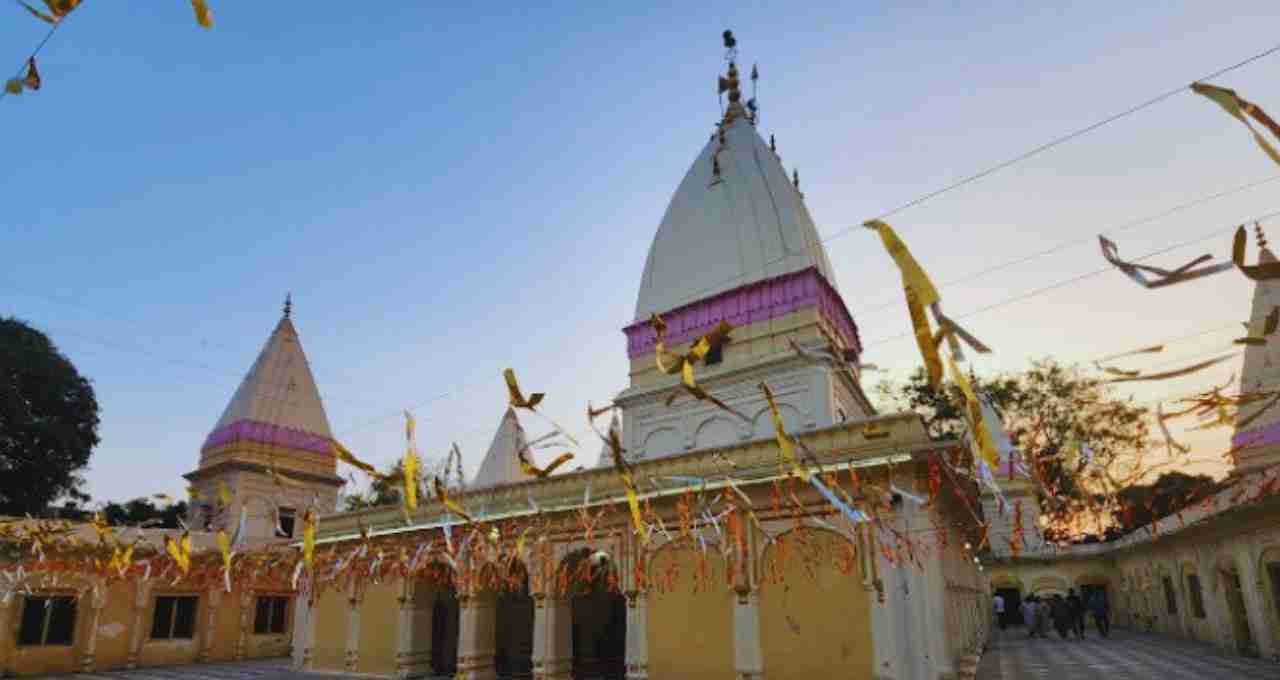
The Raghunath Temple holds immense religious importance. Dedicated to Lord Rama, it is a focal point of special devotion for his followers. The idols, paintings, and sculptural art present in the temple bring religious narratives to life. Here, Shaligram stones (fossils of conch shells found in Nepal's Gandaki River), considered symbols of Vishnu, are worshipped.
Through its paintings, the temple complex depicts not only religious stories but also social and cultural aspects. The murals include images of saints like Kabir, along with details of traditional attire and weapons of that era. The religious and cultural events held at the temple spread a message of cultural unity among the local community and pilgrims.
Terrorist Attacks
The Raghunath Temple has faced terrorist attacks in its history. On March 30, 2002, terrorists first hurled grenades in the market area and then entered the temple and opened fire. This attack resulted in the deaths of 10 people, including four security personnel and two terrorists. Over 40 others were injured. The second attack occurred on November 24, 2002, when Lashkar-e-Taiba terrorists detonated a bomb and engaged in firing during prayers. This attack claimed the lives of 13 devotees and injured over 40 people. These incidents drew serious attention to the security and administration of the temple.
Location and Accessibility
The Raghunath Temple is located in the old part of Jammu city, which has an average elevation of 350 meters. Jammu is connected to major parts of the country by road, rail, and air. National Highway 1A passes through the city.
Jammu Railway Station (Jammu Tawi) is connected to Delhi, Mumbai, Chennai, Kolkata, and Amritsar. Jammu Airport facilitates flights to Delhi, Srinagar, and Leh. The temple is easily accessible to pilgrims.
Educational Contribution
The presence of a school and library within the temple complex makes it academically significant as well. The preservation and study of manuscripts, along with the translation of Arabic and Persian texts, establish it as a multicultural and multi-religious educational center. This initiative not only promotes religious tolerance but also plays a crucial role in preserving Indian cultural heritage.
The Raghunath Temple is not just a center of devotion to Lord Rama, but also a symbol of Indian culture, architecture, manuscript preservation, and religious tolerance. Its grandeur, historical significance, and cultural contributions make it unique to Jammu and indeed to all of India. Despite terrorist attacks and other temporal impacts, the temple has maintained its dignity and religious importance. The Raghunath Temple, through its unique architecture, rich manuscript collection, and religious activities, will continue to serve as a custodian of Indian cultural and religious heritage for generations to come.
